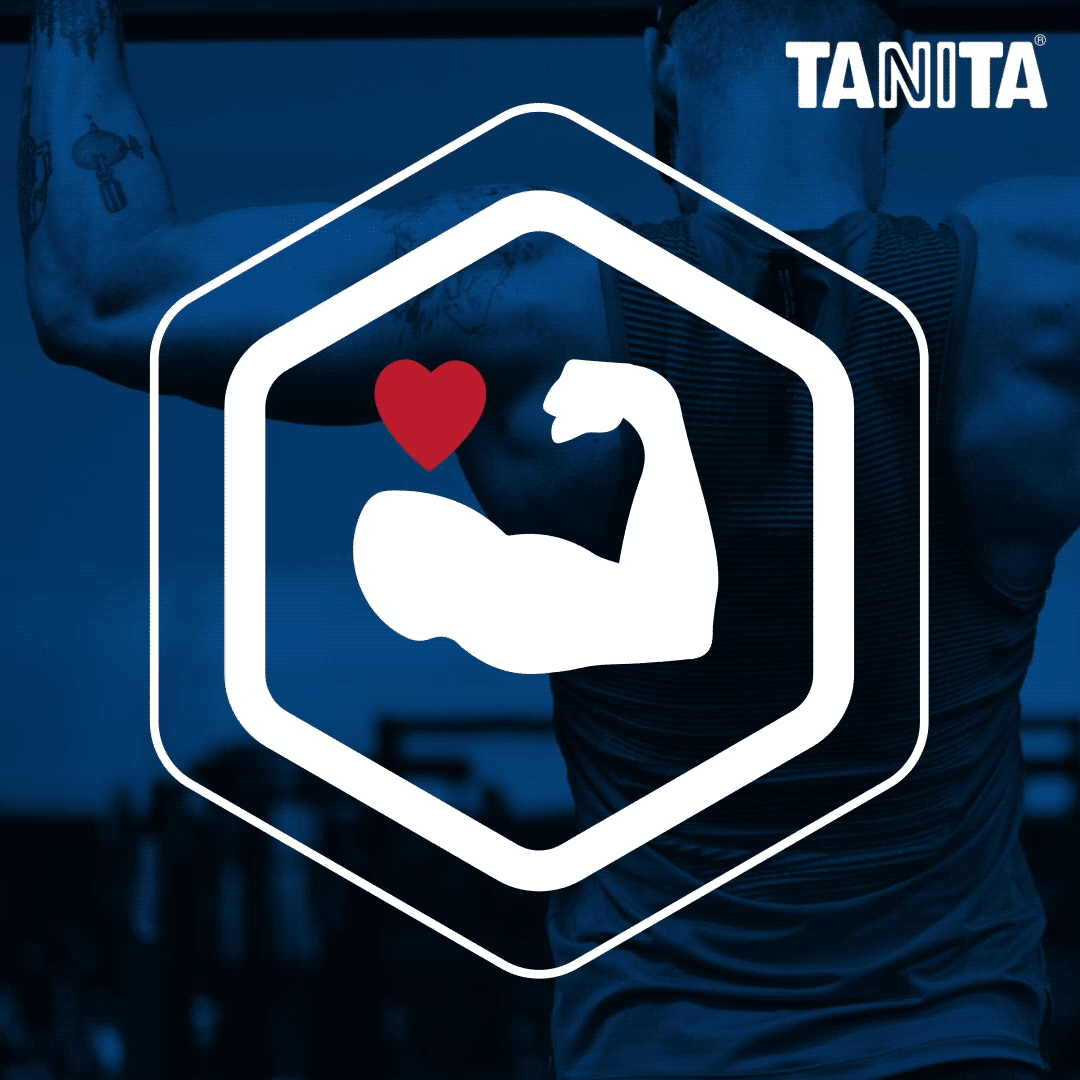Muscle Quality


Muscle Quality 💪
Bigger Doesn't Always Mean Better.
There are two types of results that most people like to look for when exercising; losing fat, and gaining muscle.
It’s understandable that our minds work this way - these are results that are physically visible to us, which means a more tangible reminder of our progress. But when it comes to muscle, bigger doesn’t always mean better.
Read on to find out why muscle size and quality are two different things, and how to give your muscles the right sort of boost.
Measuring Muscles
What Are Muscles?
Muscles are often synonymous with strength - which is technically true. However, our muscular system provides a whole range of benefits for our body; including mobility, stability and posture.
This is why muscle quality does not always correlate with muscle size. Bodybuilders spend lots of time increasing the size of their muscles, but multiple studies have shown that the biggest person is not always the strongest. To explain muscle quality, it’s important to understand how our muscles work.
Our muscles can be broken down into two major tissue types: contractile and non-contractile. Contractile tissue contracts and produces force, whereas non-contractile is made up of fat (which provides the muscle with energy) and connective tissue (which holds our muscles together). Increasing your contractile tissue while keeping your muscle fat levels at a normal range means stronger, higher quality muscle.
How Do I Measure Muscle Quality?
It’s easy to see our muscles physically grow bigger, but much harder to see any changes to our muscle quality by just looking in a mirror.
Tanita’s Body Composition Monitors allow you to measure your muscle mass and muscle quality, allowing you to accurately track these over time. Regular scales only tell you how much you weigh, which can be confusing - muscle weighs more than fat, so a significant shift in these metrics aren’t always obvious.
Along with muscle measurements, Tanita’s devices break down a range of metrics such as your total weight, body fat percentage, total body water, BMI rating and more. Pick up a Body Composition Monitor to ensure you can see how your muscles are really doing.

Muscle Boosters
We’ve talked about the difference between muscle size and strength, but it’s important to note that even if you’re working out with a focus on increasing your strength, your muscles will still get bigger over time.
Here are a few ways to boost your muscle quality and strength over time.
High Load, Low Reps
Increasing the weight but lowering the amount of repetitions allows your muscles to better respond and adapt over time. The higher weights makes your muscles work harder, and lower, slower reps gives you better control over your movement.

Higher Frequency
If you aren’t seeing or feeling a difference, you might need to review how often you’re picking up the weights. If you’re only hitting the gym once a week, try adding another workout into your schedule and see how you feel after a month.
Put Down The Weights
Bodyweight exercises are a great way to utilise a range of muscle groups at the same time, whereas weight training usually only focuses on a single muscle group. The more muscles you’re working during the same exercise, the more neural pathways your brain starts to create. As your mind gets used to your body using multiple muscles at once, your ability to effectively use these muscles together improves as well.

Protein Power
Even if you’re someone who eats reasonably healthy, our bodies can usually do with a bit more protein than we tend to give them.
Protein shakes are a great way of giving your body a protein boost - especially post workout when your muscles need it most. However, these are not designed to replace meals, so don’t skip a balanced meal in favour of a quick shake, unless you’ve spoken to your GP first.
Speaking of meals, review your diet to ensure you’re getting a nice balance of everything - fruits and vegetables, nuts and grains, and good quality proteins like meat & fish. There’s a lot of very specific diets out there, but you should try and avoid anything too extreme unless you possess a very clear understanding of what your body needs.
Conclusion
Hopefully this article helps shed some light on how your muscles work, and what you can do to give them a bit of a boost.
If you’re interested in reading more about health and fitness topics, tips and tricks, check out our recent lifestyle blogs at Tanita.
